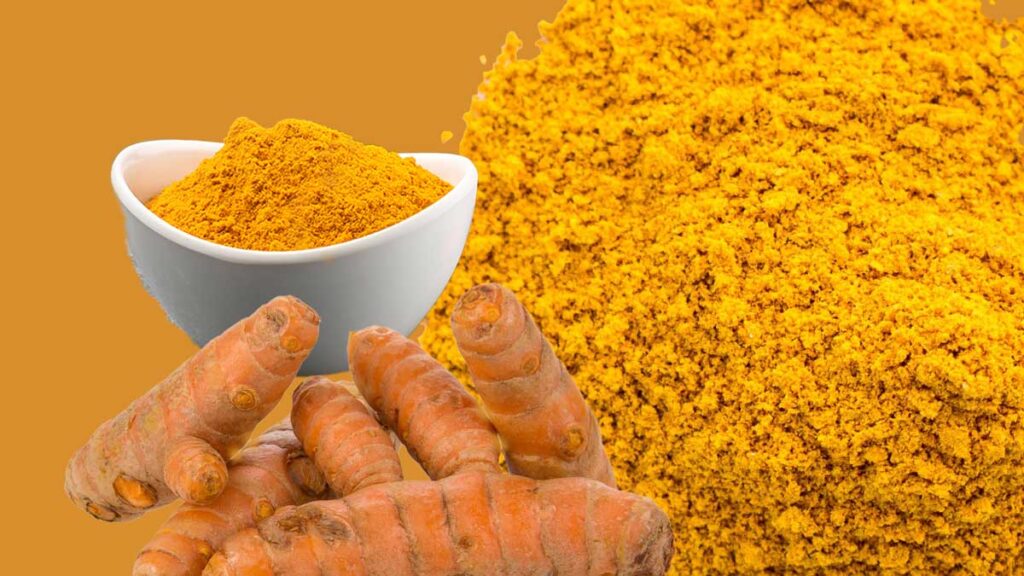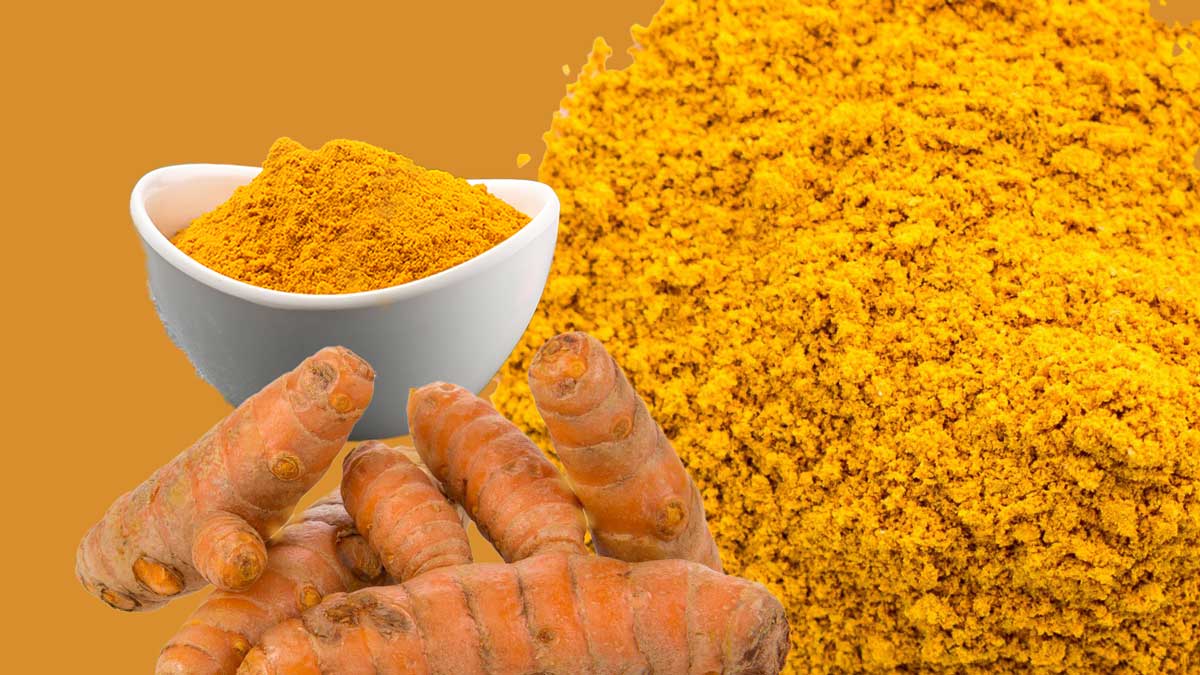
Above: Photo Credit / Collage / Lynxotic / Unsplash
Is the Yellow-Orange Spice – helpful or all hype?
Curcumin, Curcuma, Haldi, Yellow Saffron, Yellow Root, the Golden Spice, all these names are associated with Turmeric. Not familiar with the spice? Walking past Indian restaurants, grocery stores, vitamin shops or even juiceries, you have probably come across products that contain the product turmeric.
Nowadays it comes in many different forms: raw (produce department), powdered, in capsules, creams or even in teas. Turmeric, the yellow spice and the plant in the ginger family that has a long history throughout Asia, particularly in curries, however there are also a whole host of other ways in which its utilized (cooking, dying fabric, skin care/cosmetics).
According to NIH (National Center for Complementary and Integrative Health) Historically Indian and Eastern Asian areas have used in medicinal healing for a plethora of disorders ranging from skin disorders, respiratory issues, joints and for digestion. Below are just a few of the known health benefits turmeric touts besides being one of the main ingredients in delicious curry.
If you aren’t familiar with turmeric, a spice plant, grown for its root. What makes the yellow color pigment is one of the primary compounds (curcuminoids) specifically Curcumin, that besides the vibrant color also contains a wide range of health benefits that include: anti-inflammatory, antioxidant, antibacterial and anti-microbial effects.
Turmeric, a natural compound, can block the action of inflammatory molecules found in the body and has become popular as a remedy for a number of conditions including: arthritis, joint pain, irritable bowel syndrome (IBS), heartburn, kidney issues and colitis to name a few.
In addition to its anti-inflammatory properties, the spice has also been used to ease pain. Studies in 2016 have found that 1,000 mg of curcumin can reduce pain/inflammation just as well as other over the counter anti-inflammatory bursts (NSAIDs) like ibuprofen.
Its powerful antioxidant properties which has been shown to protect us from free radicals which cause damage to the body’s cells.
Potential Risks / Adverse Effects
Turmeric and Curcumin have been found both safe and helpful to consume, however its noteworthy to include, that there are potential risks for large doses of turmeric. Since turmeric is an antioxidant, large doses may increase levels of urinary oxalate which could cause the formation of kidney stones. Also turmeric can thin the blood and should be avoided if you have a bleeding disorder. Other mild side effects can include headaches, upset stomach/diarrhea, dizziness and acid reflux.
As always, its best to speak to a doctor/medical professional if you have health issues prior to starting to incorporate any supplements like turmeric into your diet.
Related Articles:
- Stress is Part of Life: Burnout doesn’t have to be
- Primal Movement for fitness in 2023
- Counting Calories to Slim Down? Here’s a Guide to Doing it Right
- Learning to Fly: Hurry up and Learn Meditation or be left Ungrounded: Books
- Feeling the Stress? Yoga Techniques have been giving Relief For Thousands of Years
Find books on Health, Wellness and Adventure and many other topics at our sister site: Cherrybooks on Bookshop.org
Enjoy Lynxotic at Apple News on your iPhone, iPad or Mac.
Lynxotic may receive a small commission based on any purchases made by following links from this page
